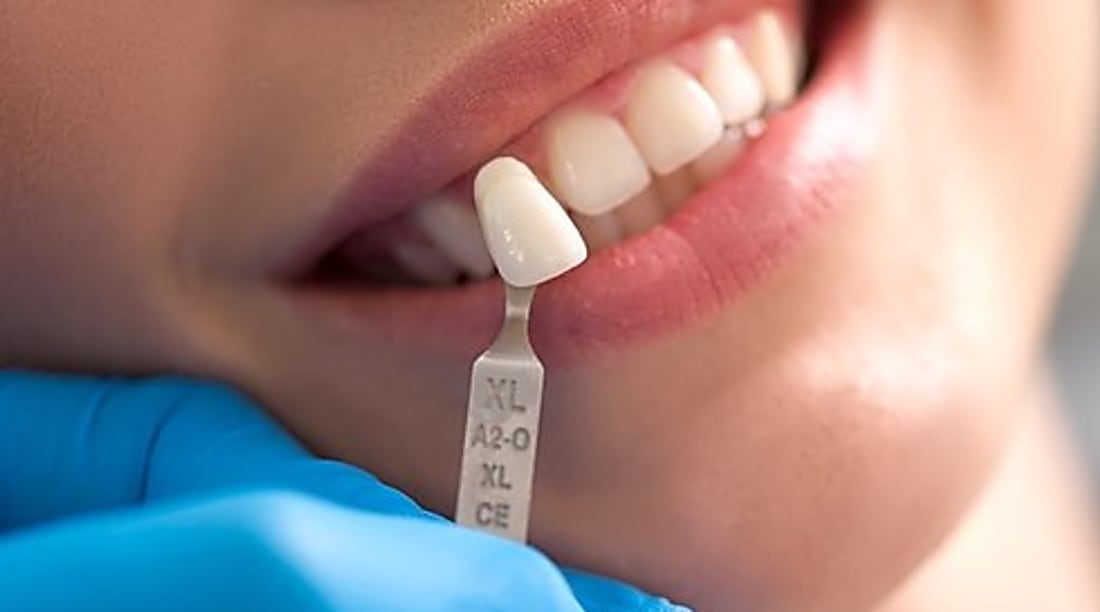Dental Implants for Seniors: Regain Your Confident Smile
Considering dental implants as an older adult? This comprehensive guide explains how senior dental implants work, what medical factors affect candidacy, the multi-stage treatment and typical recovery timeline, long-term maintenance tips, cost estimates and insurance realities, plus alternative options to help you decide with confidence.

Dental Implants for Seniors: Regain Your Confident Smile
Health factors to evaluate before implants
Age alone rarely disqualifies someone from receiving dental implants, but several health and oral conditions that become more common with age should be reviewed first. Sufficient jawbone height and density, healthy gums, and overall medical stability are important for both safety and success. Chronic illnesses such as diabetes, osteoporosis, and heart disease need good control before surgery because they can slow healing or increase infection risk. Certain medications — for example, bisphosphonates used to treat bone disorders — and lifestyle factors like smoking can also affect outcomes.
Coordinating care between your general dentist, oral surgeon, and primary care physician is essential. They will assess your medical history, current medications, and any systemic risks to determine whether implants are a suitable and safe option.
What to expect from the implant process and timing
Implant treatment is typically staged over several months. After an initial consult and imaging (often including X-rays or CBCT scans) to map bone and anatomy, the implant post (a titanium fixture) is surgically placed into the jaw. Following placement, the implant undergoes osseointegration, the process where bone fuses with the implant surface; this usually takes a few months.
If the jaw lacks sufficient bone, a bone graft may be performed either before or at the time of implant placement, which will lengthen the treatment timetable. Once osseointegration is complete, your provider connects an abutment and fits a permanent restoration such as a crown, bridge, or implant-supported denture.
Seniors can experience slower tissue and bone healing compared with younger patients, so clinicians often plan for slightly longer healing intervals. That said, most people can return to normal daily activities a few days after each surgical stage. Your dental team will provide instructions for pain management, dietary changes, and activity limitations to encourage successful healing.
Long-term care and everyday maintenance
Keeping implants healthy over the long term requires the same attention as natural teeth, and sometimes more. Daily brushing and flossing are essential, and adjunct tools like interdental brushes, floss threaders, or water flossers can be particularly helpful around abutments and under prosthetic connectors. Regular dental visits for professional cleaning and checkups allow early detection of soft-tissue inflammation (peri-implant mucositis) or the more serious bone loss condition peri-implantitis.
Age-related challenges — such as dry mouth from medications, reduced manual dexterity, or gum recession — can complicate home care. Your dentist can recommend adaptive tools (easy-grip brushes, electric toothbrushes, or specialized interdental cleaners) and tailor hygiene routines to your needs. With consistent, proper care, many implants remain functional for decades and often for life.
Costs, insurance, and financial options
Implant therapy is a significant investment and prices vary by region, provider, and case complexity. Below are general cost ranges to give a broad sense of expense:
| Procedure | Typical cost range (USD) |
|---|---|
| Single implant with crown | $3,000–$4,500 |
| Full-arch implant restoration | $20,000–$35,000 |
| All-on-4 or similar immediate-load full-arch | $25,000–$50,000 |
Cost disclaimer: Prices are estimates and vary by location, clinician, materials, and individual treatment needs. Obtain a written estimate from your dental provider.
Insurance coverage for implants is inconsistent. Some dental plans contribute partially (often covering 0–50% of certain components), while many medical plans do not. Complex solutions like All-on-4 are less likely to be fully covered. Because plan details and fee schedules change, request a written cost estimate from your dental office and verify your benefits with your insurer. Many practices offer financing plans, third-party loan options, or phased treatment to spread costs over time.
Alternatives to implants and how to choose
While implants deliver superior stability, chewing function, and bone preservation compared with traditional options, they are not the only path. Removable partial or full dentures are less invasive and usually less expensive up front, but they can compromise comfort, taste, and chewing efficiency and do not prevent jawbone loss. Fixed dental bridges avoid surgery but rely on neighboring teeth for support, which may not be good if those teeth are weakened.
Choosing between implants, dentures, or bridges depends on your overall health, jawbone condition, budget, and cosmetic and functional goals. A thorough consultation — including imaging and a review of your medical history — will help your dental team recommend a personalized plan that balances risks, benefits, and expected outcomes.
Practical tips for seniors considering implants
- Share a complete medical history and a medication list with your dental team.
- Discuss past dental experiences, comfort with surgery, and expectations for appearance and function.
- Ask about alternatives, timelines, and what each stage involves so you can plan transportation and aftercare.
- Inquire about adaptive oral-care tools if dexterity or dry mouth is a concern.
- Get written cost estimates and explore financing or phased treatment options if needed.
This article is for informational purposes only and should not be considered medical advice. Please consult a qualified healthcare professional for personalized guidance and treatment.






